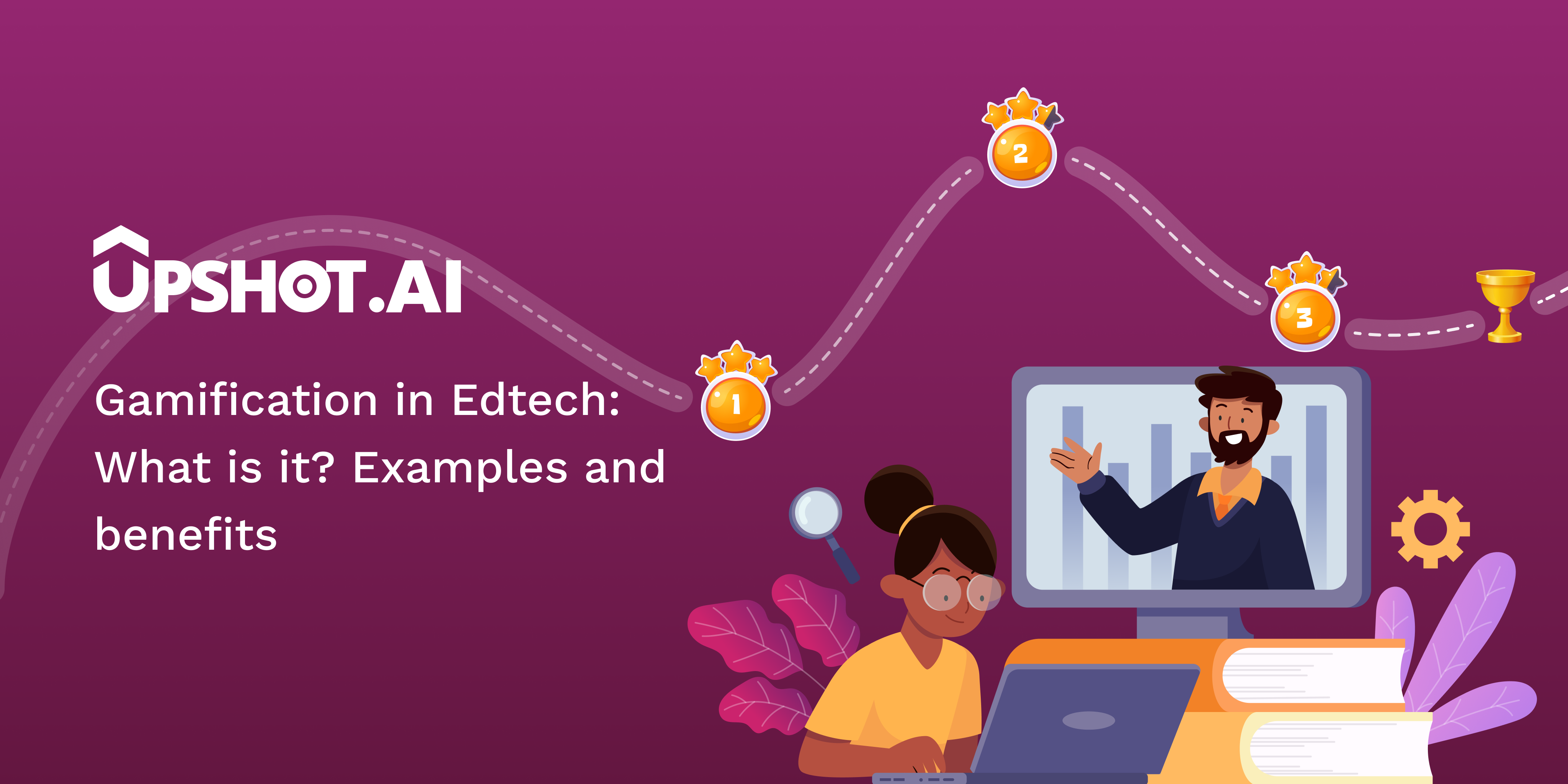Blog / Gamification in EdTech: What is it? Examples and benefits
Gamification in EdTech: What is it? Examples and benefits

Srinivas Gurram
Jun 07, 2022
Reading time: 7 mins
Leave a Reply
Your email address will not be published. Required fields are marked *







